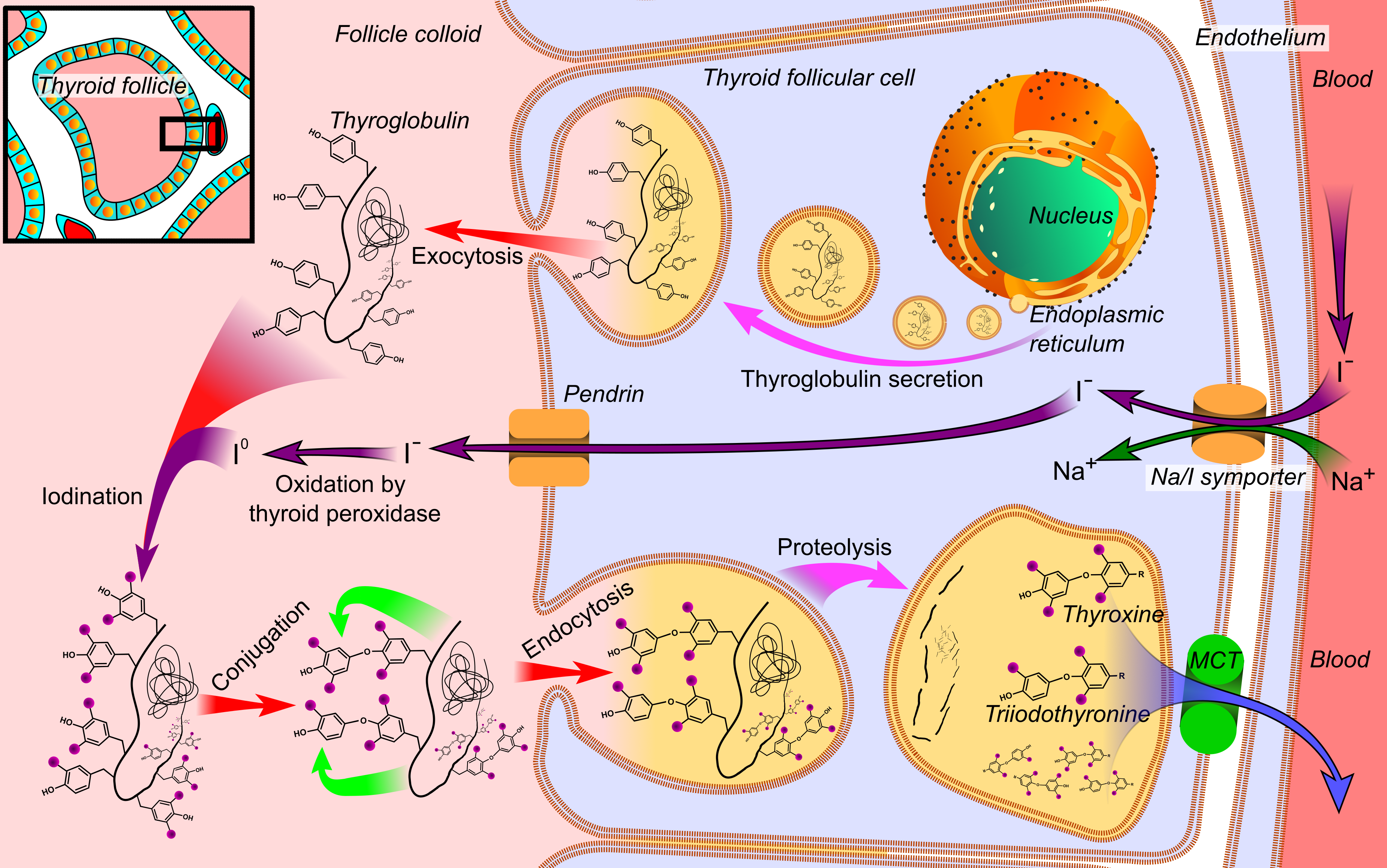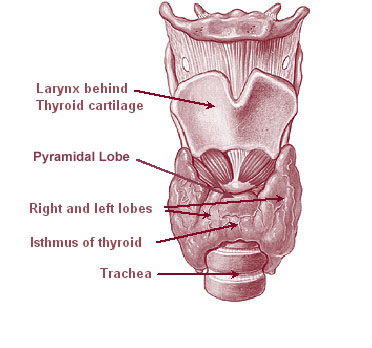|
Xenopus Laevis
The African clawed frog (''Xenopus laevis''), also known as simply xenopus, African clawed toad, African claw-toed frog or the ''platanna'') is a species of African aquatic frog of the family Pipidae. Its name is derived from the short black claws on its feet. The word ''Xenopus'' means 'strange foot' and ''laevis'' means 'smooth'. The species is found throughout much of Sub-Saharan Africa (Nigeria and Sudan to South Africa), and in isolated, introduced populations in North America, South America, Europe, and Asia. All species of the family Pipidae are tongueless, toothless and completely aquatic. They use their hands to shove food in their mouths and down their throats and a hyobranchial pump to draw or suck things in their mouth. Pipidae have powerful legs for swimming and lunging after food. They also use the claws on their feet to tear pieces of large food. They have no external eardrums, but instead subcutaneous cartilaginous disks that serve the same function. They use ... [...More Info...] [...Related Items...] OR: [Wikipedia] [Google] [Baidu] |
François Marie Daudin
François Marie Daudin (; 29 August 1776 in Paris – 30 November 1803 in Paris) was a French zoologist. Biography With legs paralyzed by childhood disease, he studied physics and natural history but ended up being devoted to the latter. Daudin wrote ' (Complete and Elementary Treatise of Ornithology) in 1799–1800. It was one of the first modern handbooks of ornithology, combining Linnean taxonomy, Linnean binomial nomenclature with the anatomical and physiological descriptions of Georges-Louis Leclerc, Comte de Buffon, Buffon. While an excellent beginning, it was never completed. In 1800, he also published ''Recueil de mémoires et de notes sur des espèces inédites ou peu connues de mollusques, de vers et de zoophytes'' (Collection of memories and notes on new or little-known species of molluscs, worms and zoophytes). Daudin found his greatest success in herpetology. He published ''Histoire naturelle des reinettes, des grenouilles et des crapauds'' (Natural history of tree ... [...More Info...] [...Related Items...] OR: [Wikipedia] [Google] [Baidu] |
Amplexus
Amplexus (Latin "embrace") is a type of Mating, mating behavior exhibited by some External fertilization, externally fertilizing species (chiefly amphibians, Amphipoda, amphipods, and horseshoe crabs) in which a male grasps a female with his front legs as part of the mating process, and at the same time or with some time delay, he fertilizes the eggs, as they are released from the female's body. In amphibians, females may be grasped by the head, waist, or armpits, and the type of amplexus is characteristic of some taxonomic groups. Amplexus involves direct contact between male and female, distinguished from other forms of external fertilization, such as broadcast spawning, where sperm and eggs are freely shed into water without direct contact by individuals. In order for amplexus to be initiated, male frogs must first find a mate by attracting one through calls, typically in the evening. Once a male has successfully attracted a mate, the process of amplexus begins, while the unsu ... [...More Info...] [...Related Items...] OR: [Wikipedia] [Google] [Baidu] |
Apoptosis
Apoptosis (from ) is a form of programmed cell death that occurs in multicellular organisms and in some eukaryotic, single-celled microorganisms such as yeast. Biochemistry, Biochemical events lead to characteristic cell changes (Morphology (biology), morphology) and death. These changes include Bleb (cell biology), blebbing, Plasmolysis, cell shrinkage, Karyorrhexis, nuclear fragmentation, Pyknosis, chromatin condensation, Apoptotic DNA fragmentation, DNA fragmentation, and mRNA decay. The average adult human loses 50 to 70 1,000,000,000, billion cells each day due to apoptosis. For the average human child between 8 and 14 years old, each day the approximate loss is 20 to 30 billion cells. In contrast to necrosis, which is a form of traumatic cell death that results from acute cellular injury, apoptosis is a highly regulated and controlled process that confers advantages during an organism's life cycle. For example, the separation of fingers and toes in a developing human embryo ... [...More Info...] [...Related Items...] OR: [Wikipedia] [Google] [Baidu] |
Germ Cell
A germ cell is any cell that gives rise to the gametes of an organism that reproduces sexually. In many animals, the germ cells originate in the primitive streak and migrate via the gut of an embryo to the developing gonads. There, they undergo meiosis, followed by cellular differentiation into mature gametes, either eggs or sperm. Unlike animals, plants do not have germ cells designated in early development. Instead, germ cells can arise from somatic cells in the adult, such as the floral meristem of flowering plants. Introduction Multicellular eukaryotes are made of two fundamental cell types: germ and somatic cells. Germ cells produce gametes and are the only cells that can undergo meiosis as well as mitosis. Somatic cells are all the other cells that form the building blocks of the body and they only divide by mitosis. The lineage of germ cells is called the germline. Germ cell specification begins during cleavage in many animals or in the epiblast during gastr ... [...More Info...] [...Related Items...] OR: [Wikipedia] [Google] [Baidu] |
Thermogenesis
Thermogenesis is the process of heat production in organisms. It occurs in all warm-blooded animals, and also in a few species of thermogenic plants such as the Eastern skunk cabbage, the Voodoo lily ('' Sauromatum venosum''), and the giant water lilies of the genus '' Victoria''. The lodgepole pine dwarf mistletoe, '' Arceuthobium americanum'', disperses its seeds explosively through thermogenesis. Types Depending on whether or not they are initiated through locomotion and intentional movement of the muscles, thermogenic processes can be classified as one of the following: * Obligatory Thermogenesis: Heat produced from energy expended for vital metabolic processes necessary to sustain an organism. * Exercise activity thermogenesis (EAT) * Non-exercise activity thermogenesis (NEAT): Energy expended for any spontaneous physical activity that is not a structured exercise routine or sports-like exercise. This can include but is not limited to walking, leisure activities, fid ... [...More Info...] [...Related Items...] OR: [Wikipedia] [Google] [Baidu] |
T3 Hormone
Triiodothyronine, also known as T3, is a thyroid hormone. It affects almost every physiological process in the body, including growth and development, metabolism, body temperature, and heart rate. Production of T3 and its prohormone thyroxine (T4) is activated by thyroid-stimulating hormone (TSH), which is released from the anterior pituitary gland. This pathway is part of a closed-loop feedback process: Elevated concentrations of T3, and T4 in the blood plasma inhibit the production of TSH in the anterior pituitary gland. As concentrations of these hormones decrease, the anterior pituitary gland increases production of TSH, and by these processes, a feedback control system stabilizes the level of thyroid hormones in the bloodstream. At the cellular level, T3 is the body's more active and potent thyroid hormone. T3 helps deliver oxygen and energy to all of the body's cells, its effects on target tissues being roughly four times more potent than those of T4. Of the thyroid horm ... [...More Info...] [...Related Items...] OR: [Wikipedia] [Google] [Baidu] |
Thyroid
The thyroid, or thyroid gland, is an endocrine gland in vertebrates. In humans, it is a butterfly-shaped gland located in the neck below the Adam's apple. It consists of two connected lobes. The lower two thirds of the lobes are connected by a thin band of tissue called the isthmus (: isthmi). Microscopically, the functional unit of the thyroid gland is the spherical thyroid follicle, lined with follicular cells (thyrocytes), and occasional parafollicular cells that surround a lumen containing colloid. The thyroid gland secretes three hormones: the two thyroid hormones triiodothyronine (T3) and thyroxine (T4)and a peptide hormone, calcitonin. The thyroid hormones influence the metabolic rate and protein synthesis and growth and development in children. Calcitonin plays a role in calcium homeostasis. Secretion of the two thyroid hormones is regulated by thyroid-stimulating hormone (TSH), which is secreted from the anterior pituitary gland. TSH is regulated by thy ... [...More Info...] [...Related Items...] OR: [Wikipedia] [Google] [Baidu] |
DIO2
Type II iodothyronine deiodinase (''iodothyronine 5'-deiodinase'', ''iodothyronine 5'-monodeiodinase'') is an enzyme that in humans is encoded by the ''DIO2'' gene. Function The protein encoded by this gene belongs to the iodothyronine deiodinase family. It activates thyroid hormone by converting the prohormone thyroxine (T4) by outer ring deiodination (ORD) to bioactive 3,3',5-triiodothyronine (T3). It is highly expressed in the thyroid, and may contribute significantly to the relative increase in thyroidal T3 production in patients with Graves' disease and thyroid adenomas. This protein contains selenocysteine (Sec) residues encoded by the UGA codon, which normally signals translation termination. The 3' UTR of Sec-containing genes have a common stem-loop structure, the Sec insertion sequence (SECIS), which is necessary for the recognition of UGA as a Sec codon rather than as a stop signal. Alternative splicing results in multiple transcript variants encoding different isofor ... [...More Info...] [...Related Items...] OR: [Wikipedia] [Google] [Baidu] |
Reptile
Reptiles, as commonly defined, are a group of tetrapods with an ectothermic metabolism and Amniotic egg, amniotic development. Living traditional reptiles comprise four Order (biology), orders: Testudines, Crocodilia, Squamata, and Rhynchocephalia. About 12,000 living species of reptiles are listed in the Reptile Database. The study of the traditional reptile orders, customarily in combination with the study of modern amphibians, is called herpetology. Reptiles have been subject to several conflicting Taxonomy, taxonomic definitions. In Linnaean taxonomy, reptiles are gathered together under the Class (biology), class Reptilia ( ), which corresponds to common usage. Modern Cladistics, cladistic taxonomy regards that group as Paraphyly, paraphyletic, since Genetics, genetic and Paleontology, paleontological evidence has determined that birds (class Aves), as members of Dinosauria, are more closely related to living crocodilians than to other reptiles, and are thus nested among re ... [...More Info...] [...Related Items...] OR: [Wikipedia] [Google] [Baidu] |
Reproductive System
The reproductive system of an organism, also known as the genital system, is the biological system made up of all the anatomical organs involved in sexual reproduction. Many non-living substances such as fluids, hormones, and pheromones are also important accessories to the reproductive system. Unlike most organ systems, the sexes of differentiated species often have significant differences. These differences allow for a combination of genetic material between two individuals, which allows for the possibility of greater genetic fitness of the offspring.Reproductive System 2001 Body Guide powered by Adam Animals In mammals, the major organs of the reproductive system include the external gen ...[...More Info...] [...Related Items...] OR: [Wikipedia] [Google] [Baidu] |
Cloaca
A cloaca ( ), : cloacae ( or ), or vent, is the rear orifice that serves as the only opening for the digestive (rectum), reproductive, and urinary tracts (if present) of many vertebrate animals. All amphibians, reptiles, birds, cartilaginous fish and a few mammals ( monotremes, afrosoricids, and marsupial moles, etc.) have this orifice, from which they excrete both urine and feces; this is in contrast to most placental mammals, which have separate orifices for evacuation and reproduction. Excretory openings with analogous purpose in some invertebrates are also sometimes called cloacae. Mating through the cloaca is called cloacal copulation and cloacal kissing. The cloacal region is also often associated with a secretory organ, the cloacal gland, which has been implicated in the scent-marking behavior of some reptiles, marsupials, amphibians, and monotremes. Etymology The word is from the Latin verb ''cluo'', "(I) cleanse", thus the noun ''cloaca'', " sewer, drain" ... [...More Info...] [...Related Items...] OR: [Wikipedia] [Google] [Baidu] |







